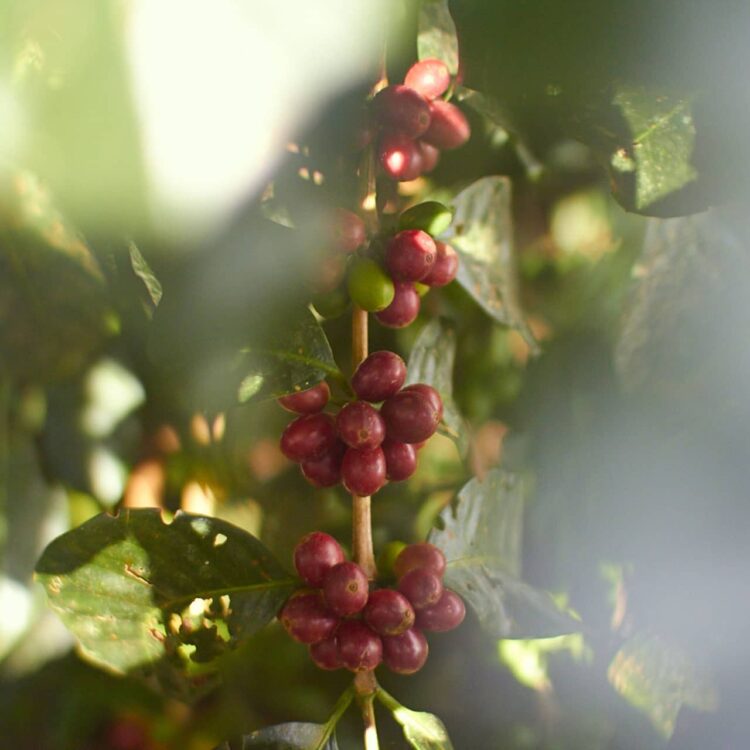To know the nice problem and the particular nature of biodynamic (Demeter)espresso, we have to take a quick have a look at the traditional manufacturing of espresso: Big plantations (as much as 2470 acres in dimension). Monocultures. Espresso vegetation in rank and file. Giant irrigation programs. Harvesting machines. Effectivity optimization at its greatest. Such fazendas (in Brazil, for instance) are geared in direction of most yield. Sustainability and environmental safety are uncommon right here.
Nonetheless, in case you have a look at Demeter cultivation, for instance on the Finca La Chacra d’Dago in Peru – the place the Mount Hagen Demeter Single Origin comes from – issues look fully completely different: A rainforest backyard through which the Arabica vegetation (right here the Caturra, a subspecies of Coffea Arabica) develop beneath shady mango, banana, and avocado bushes. It’d look like a wilderness with a number of weeds aka undergrowth, which brings with it an immense biodiversity. To be trustworthy, with a lot jungle, a layman wouldn’t acknowledge a espresso farm right here on the jap flanks of the Andes.
It sounds a bit like an ideal world (which it’s), however that is precisely what protects the espresso vegetation from pests and illnesses. The wholesome soil makes the vegetation resilient and never solely are not any chemical substances used, however considerably much less water can be required.
The drawback: Every little thing, from planting the espresso vegetation, weeding, and fertilizing with compost to harvesting the ripe cherries – every part right here is finished by hand.


